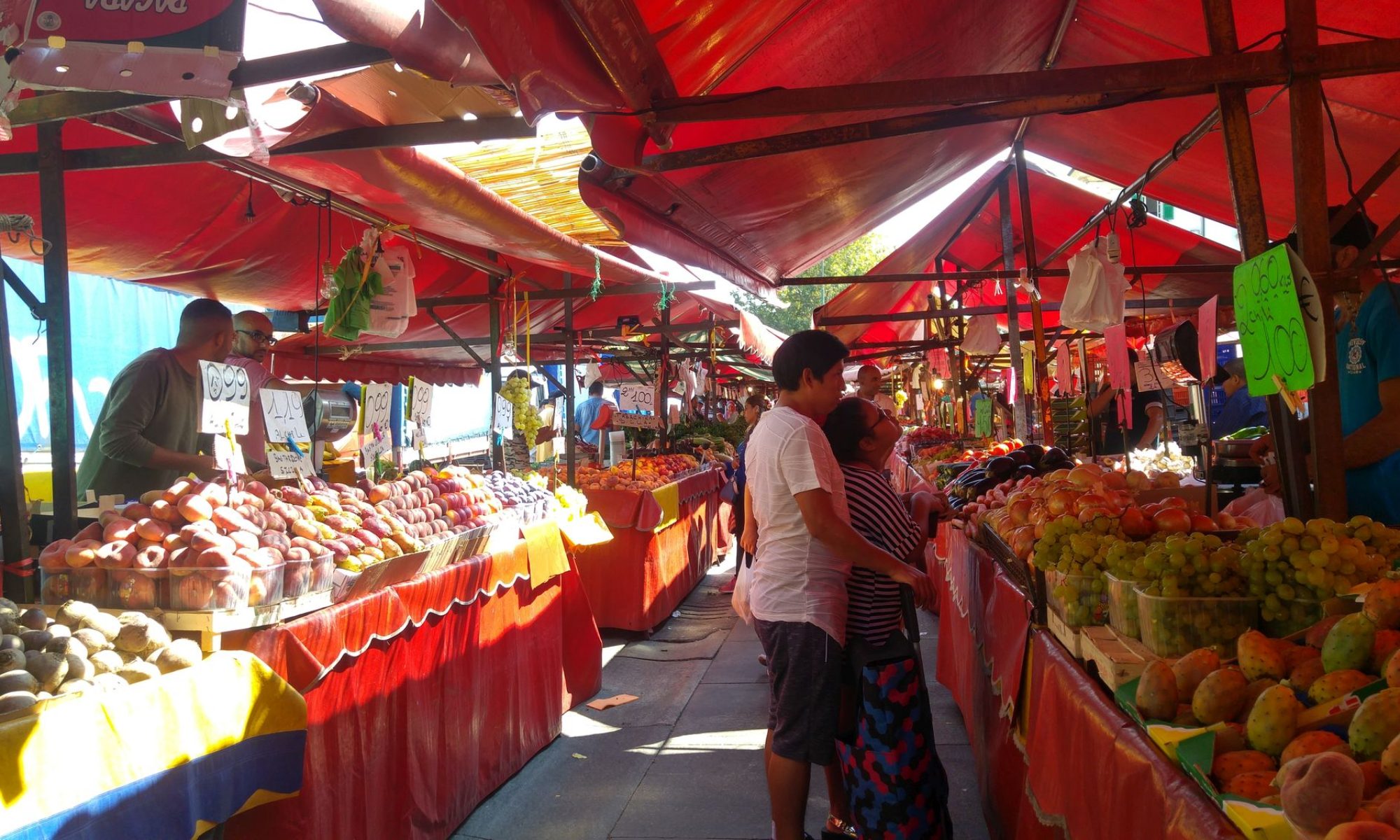Tuesday, 18 July, 2023
Some years ago I went on a Toronto cemetery tour to visit during Black History Month. It sounded interesting because we would be visiting the graves of prominent black Canadians and abolitionists. I learned a lot and I liked how the areas where most of these graves were had a casual feel, like a local village graveyard. It was on my list to visit again and, since my brother and his wife were in town, it seemed a good place for a touring suggestion.
I think his photos are better than mine, but I haven’t stolen them. I have instead stolen some history for my captions – begging forgiveness for that theft. Think of it as flattery. My brother, John, is my loyal reader and editor and today he’s my unknowing co-blogger.
I wish I had a better memory or had done more research before going this time. I couldn’t find a single grave from that BHM tour. Many of these graves are just markers, as you’ll see.
The cemetery is the Toronto Necropolis. From John’s notes: “The Toronto Necropolis opened in 1850 to replace the Potter’s Field (the Strangers’ Burying Ground) which had been since 1825 the first non-sectarian burying ground in the town. The chapel, lodge, and lych-gate were built in 1872. The crematorium here opened in 1933 as the first in Ontario — 32 years after Canada’s first cremation, in Montreal.” Interesting that it really wasn’t that long ago and this puts some perspective on how very recently the immigration from the south by the underground railroad actually was.
Toronto may pride itself on its multiculturalism and ability to live alongside many cultures, but racism is real here. Some of the stories, while stirring, were stories of immense courage amidst prejudice. I probably shouldn’t talk too much about something I can’t even show here, but despite not finding the graves, I felt their presence during my walk.

It was a very hot day and the cemetery is a good walk from the bus, but we made it, passing through Cabbagetown with its many beautiful houses. Around the cemetery they seem particularly picturesque and for some reason I don’t seem to have taken many photos. Was it the heat? My phone battery? Did they not ‘click’?







More than 50,000 people are buried here. The graves are somewhat haphazardly placed, which adds to the atmosphere of this cemetery, one of Toronto’s oldest. There are some notable people in this place, although most are known only to Canadians: Anderson Ruffin Abbott, the first Black surgeon born in Canada, honoured to be part of the medical team that tended the fatally wounded American president Abraham Lincoln on the night of April 14–15, 1865 – his house was on the street where we lived in Parkdale; and Peter Matthews and Samuel Lount, the rebels hanged for their part in the Mackenzie rebellion of 1837. You’ll also find George Brown (one of the Fathers of Confederation and founder of what is now The Globe and Mail, and whose name graces one of Toronto’s best known colleges) and Joseph Bloore (a fierce looking man, who founded Yorkville Village. One of Toronto’s main streets, Bloor Street, is named for him.) The first person to be buried here was Andrew Porteous. The cemetery’s registry says that his body was stored in the “Dead House” until it was buried on May 22, 1850. He had been Toronto’s first postmaster. You won’t find his grave easily. It’s been eroded over time so that only the base remains.


It really was a hot day. I hadn’t brought any water. I had wandered over to the back of the cemetery to see if there was any sign of the graves from my last visit and I looked to see houses I’d remembered from that time too. Only they weren’t there. My memory must be faulty, or I was too hot and tired to wander to another corner to discover them. Walking back towards the entrance, there was a tap. A man in a wheelchair was filling up his water bottle and I remarked that he knew all the good places. He winked and said he did, and this was his favourite filling station. I managed to get a nice, cold drink before we walked on.
Can’t finish this without talking about how much I love the old, rough grave markers. I hope I’m not alone in that. Most of the graves have become anonymous, the engraved letters long since worn down. There’s a sadness but also serenity in that.



The way in is also the way out, so I had to stop cursing about retracing my steps and get on with it. Across the road is the Riverdale Farm, with its animals. There were some cute pigs. A child asked an attendant what sort of pigs they were. ‘Tamworth,’ she answered. Without even thinking, I remembered a lovely meal at the Smoking Goat in Shoreditch and said that ‘their meat was delicious.’ I don’t think John will ever quite forgive me for uttering such blasphemy ‘in front of a child no less.’
Suitably told off, I walked with him back to the main road, passing many houses that will fall under the ‘things I didn’t photograph’ category. Each garden was green and full of colourful, often wild, flowers. At the main road, Parliament, we chose our route home and had to wait some time for a bus to arrive. I took the opportunity to buy a cold drink and linger much longer than was polite in the air conditioned shop. A scorcher in Toronto and our tour was done.








































































